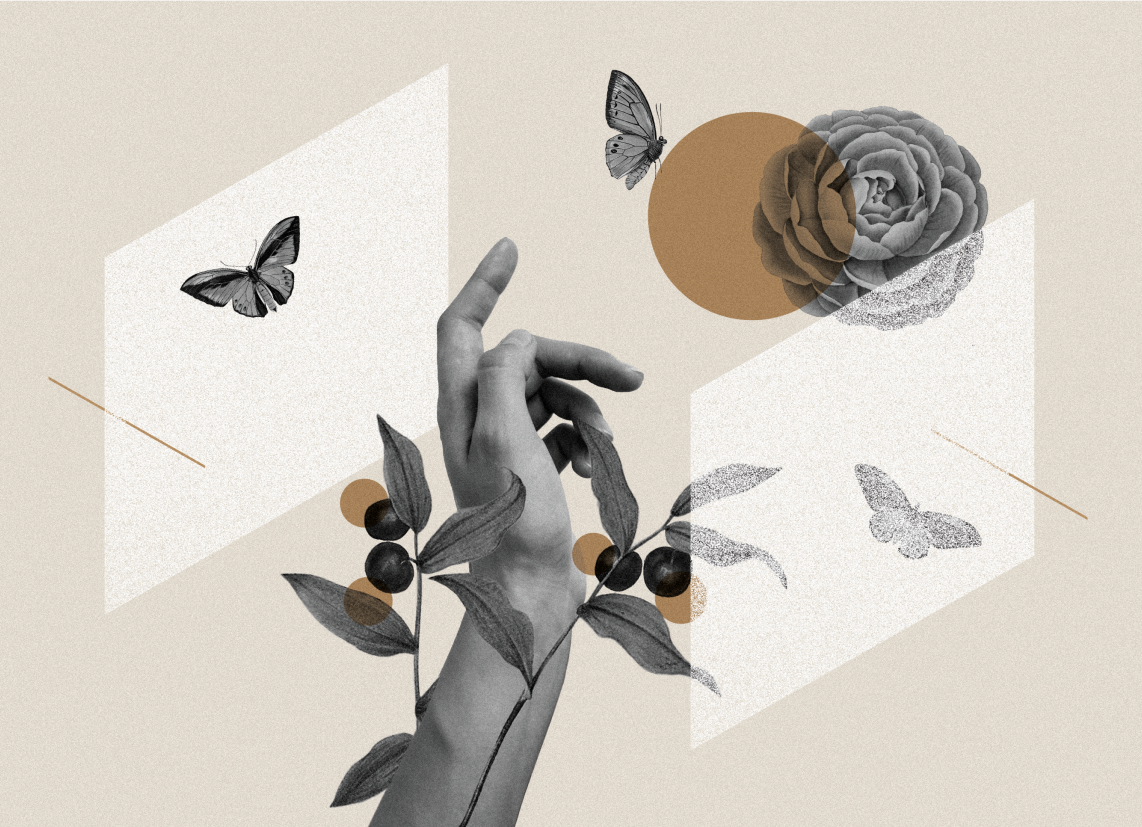Are You Living the Brand?

Ever go to a pop-up bar and restaurant opened by a wine distributor? Or maybe you’ve watched a rubber ducky derby that a cruise line put on to publicize their vacation packages? These are both examples of “experiential marketing”. We like it because it engages not only our visual and auditory faculties but the entire body in a wraparound way. While going experiential used to be the province of luxury and lifestyle brands, we are now seeing it across the board. Let’s look at Dior and White Castle as examples – two companies that couldn’t be more different.
French fashion powerhouse Dior has been a pioneer in women’s clothing since the 1940s and is still making bold statements. For example, since 2016, Maria Grazia Chiuri has been Dior’s artistic director, the first woman to hold that position. According to a profile in Bagista, “From their ready-to-wear fashion, leather goods, accessories, or footwear, Dior changed the game forever. To this day, the brand is all around us in some way, shape, or form - even if we don't know it.” If you went to last year’s New York Fashion Week, you likely saw Dior take its all-encompassing presence to the next level. The company worked with experiential and digital marketing firm AGENC to showcase its Millefiori Garden pop-up in Gansevoort Plaza. BizBash reporter Michele Laufik writes that “the five-day experience offered shoppable beauty stations, a Miss Dior Cafe serving branded lattes, and an immersive flower installation designed by floral designer Lewis Miller.” BizBash also reported that the “experience was open to the public, with visitors signing up online for timed entry. It was sold out with a waitlist.” The influencers-to-be who got to explore the pop-up did not keep the experience to themselves. Instead, they generated buzz for Dior by posting original content to TikTok and Instagram, publicizing what they saw as part of the company’s inventive branding effort.
Unlike the stylish Dior, the burger chain White Castle has built its brand on the simplicity of its most well-known product, the Slider. Its website says that “in 1921, Billy Ingram launched a family-owned business with $700 and an idea, selling five-cent, small, square hamburgers so easy to eat, they were dubbed Sliders and sold by the sack.” To this day, White Castle is an unpretentious place to get a burger, but once a year, the company indulges in pomp and circumstance for its long-running experiential marketing push. Reporter Robert Williams wrote in Marketing Dive that the “company's Valentine's Day tradition started as a joke 30 years ago at a handful of restaurants that transformed their dining rooms into upscale restaurants with tablecloths, hostess seating and wait service.” After COVID-19 hit, White Castle made some adjustments and decided to have employees bring orders to customers’ cars on Valentine’s Day. White Castle also gave customers “brochures with suggested activities to keep them entertained while they waited for their food to arrive,” and it supplied them with “a Spotify playlist called ‘Slider Lover's Luv Channel’ that included a mix of romantic songs, shoutouts to loved ones and personal stories from customers,” according to Williams. This year, White Castle featured a meal special called “The Love Cube,” which was only available on Valentine’s Day.
Whether a company offers lattes or inexpensive burgers, it’s essential that their marketing efforts leave people thinking about the brand long after the experience is over. According to the Event Manager Blog, “Our senses create some of our most vivid memories. Think back to childhood and I bet there are smells that reignite memories good or bad. If you want to create an indelible memory, look for ways to involve the audience’s five senses.”
